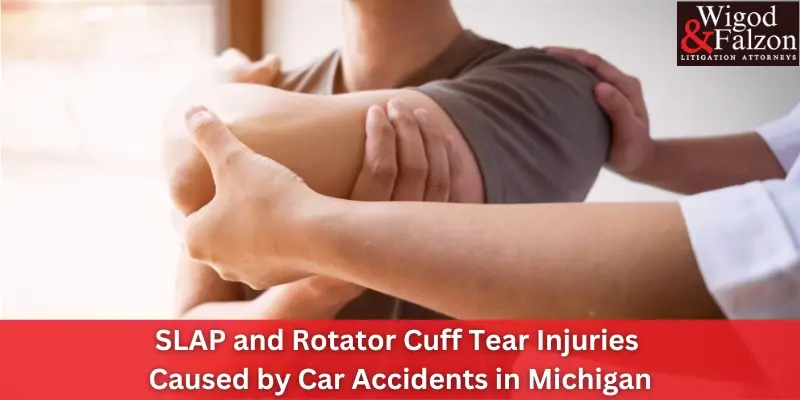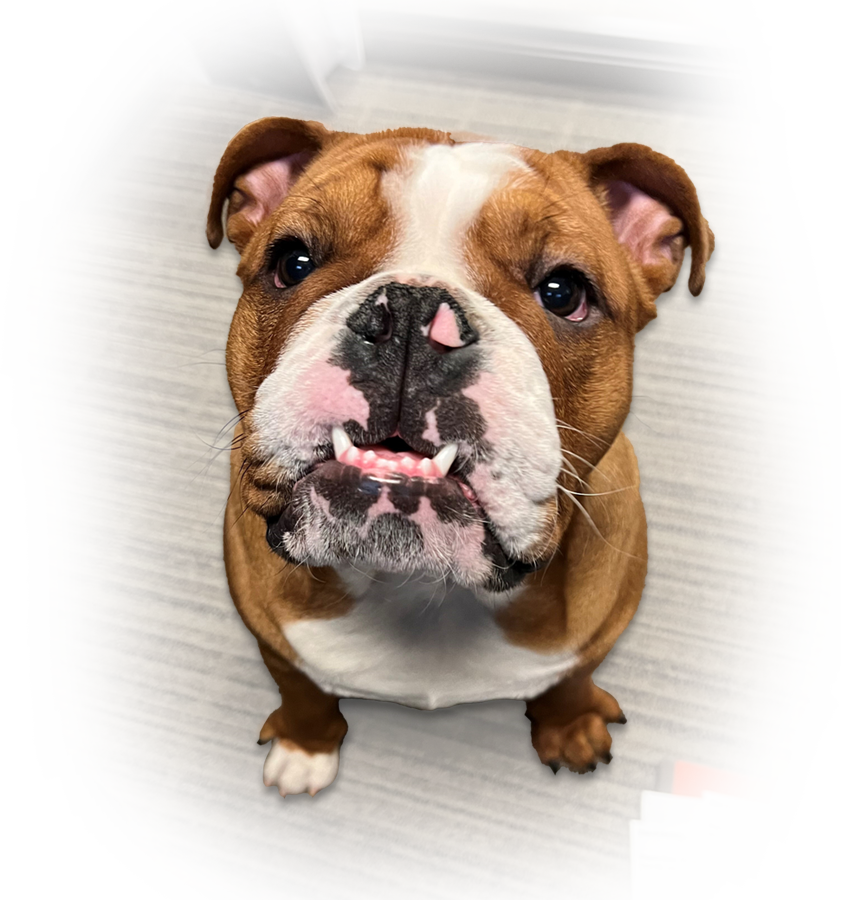|
|
Last Modified on Apr 22, 2025
Understanding SLAP and Rotator Cuff Tears from Auto Accidents: The Role of Seatbelts and Shoulder Harnesses in Michigan
When it comes to injuries resulting from automobile accidents, most people immediately think of whiplash, concussions, or back pain. But one of the most commonly overlooked- yet highly debilitating-types of injury involves the shoulder. Specifically, SLAP tears and rotator cuff tears are injuries that can result from the very mechanism designed to save lives: the seatbelt and shoulder harness.
In this article, we explore how these injuries occur in car accidents, their symptoms, how seatbelt mechanics contribute to the injuries, and the medical and legal implications of such trauma.
What is a SLAP Tear?
Superior Labrum Anterior to Posterior, refers to a tear of the labrum which is the cartilage that surrounds the shoulder socket and helps stabilize the joint is called the labrum. In a SLAP tear, the top (superior) part of the labrum is injured, often where the biceps tendon attaches to the labrum.
There are several types of SLAP tears, but in the context of auto accidents, the most common are Type II (detachment of the labrum and biceps tendon from the glenoid) and Type IV (a bucket-handle tear that extends into the biceps tendon).
What Is a Rotator Cuff Tear?
The rotator cuff is a group of muscles and their associated tendons that stabilize the shoulder and allow for normal range of motion. A rotator cuff tear occurs when one or more of these tendons are torn, either partially or completely. These injuries can be acute (trauma-related) or degenerative (from wear over time). Auto accidents tend to cause acute tears due to sudden impact or force.
The Role of Seatbelts and Shoulder Harnesses
Seatbelts-specifically the modern three-point harness, which includes a lap belt and a diagonal shoulder strap-are credited with saving hundreds of thousands of lives. They restrain the occupant during a crash, preventing ejection and reducing the severity of head, chest, and abdominal injuries. However, in doing so, they transfer a significant amount of kinetic energy to the shoulder and upper torso.
Mechanism of Injury
In a car accident, the human body continues moving forward at the vehicle’s speed until it is stopped either by the dashboard, the airbag, or most often, the seatbelt. The shoulder harness, crossing from one shoulder to the opposite hip, is especially important in halting forward motion of the upper body. However, this restraint often focuses force directly onto the shoulder complex, especially in:
- Frontal collisions, where the belt forcefully tugs the shoulder backward.
- Side-impact collisions, where the shoulder may be simultaneously pushed laterally while being held in place.
- Rollover accidents, where twisting forces can rotate the shoulder and strain the labrum or rotator cuff.
- High-speed decelerations, where the shoulder abruptly stops while the rest of the arm continues its motion, yanking on tendons and ligaments.
- The combination of traction, torsion, and compression can stress the shoulder joint enough to cause tears in both the labrum and the rotator cuff.
Why SLAP and Rotator Cuff Tears Matter
Both injuries are not only painful but functionally disabling. The shoulder is the most mobile joint in the body-and one of the least stable. Damage to either the labrum or rotator cuff can make basic activities difficult or impossible, such as:
- Lifting objects
- Reaching overhead
- Driving
- Sleeping comfortably
- Putting on clothes
- Symptoms often include:
- Deep, aching shoulder pain
- Popping or clicking during movement
- Decreased range of motion
- Weakness, especially in lifting or rotating the arm
Many patients do not connect these symptoms to their car accident, especially when the pain develops days or even weeks after the crash.
Diagnosis and Treatment
Diagnosis typically involves: Clinical examination: Specialized shoulder tests like O’Brien’s test or Neer’s test.
MRI with contrast (arthrogram): To identify tears in soft tissues like the labrum or rotator cuff.
Ultrasound: In some cases, particularly for rotator cuff tears.
Treatment depends on the severity:
Non-surgical options: Physical therapy, corticosteroid injections, and anti-inflammatory medications.
Surgical options: Arthroscopic repair of the labrum or rotator cuff. In some cases, the biceps tendon may be reattached (tenodesis) or released (tenotomy) if involved.
Recovery can be long and painful, often requiring up to 6 months of rehabilitation. For individuals whose jobs involve physical activity or overhead work, the impact can be career-altering.
Legal and Insurance Implications
Because shoulder injuries are less immediately obvious than, say, broken bones, insurance companies often challenge SLAP and rotator cuff tear claims, arguing that they are degenerative or unrelated to the accident. However, if imaging shows acute features-such as fluid in the joint, retracted tendons, or bone edema-this supports a traumatic cause.
In Michigan, a thorough medical history, prompt documentation, and sometimes expert orthopedic testimony are essential in legal cases. The delayed onset of symptoms often becomes a battleground, but studies have shown that labral and rotator cuff injuries can indeed present subacutely, especially when the patient has other distracting injuries (like head trauma or chest contusions). These factors can significantly impact your car accident settlement, especially if the insurance company disputes the connection between the injury and the crash.
In legal terms, a skilled personal injury attorney will ensure:
- Immediate imaging is performed to catch injuries early
- The mechanism of injury is explained with biomechanics
- All treatment options are documented
- The loss of earning capacity and quality of life is clearly spelled out
Can Seatbelts Be Improved?
Some research has explored smart restraints that adjust tension based on the force and angle of impact. Others suggest that adjustable seatbelt anchors, better seating positions, and improved airbag deployment algorithms can reduce shoulder injuries. However, as long as physics dictate that force must be transferred somewhere in a collision, some trade-off is inevitable.
Final Thoughts
Seatbelts remain essential life-saving tools, but their use can contribute to complex shoulder injuries such as SLAP tears and rotator cuff tears-especially in high-speed or awkward collisions. Understanding the mechanics of how these injuries occur is important for patients, physicians, attorneys, and insurance adjusters alike.
When evaluating shoulder pain after a crash, don’t dismiss it. What might seem like a simple strain may in fact be a serious tear requiring months of recovery. Timely diagnosis and treatment are essential, and recognizing the role of the shoulder harness can be the difference between denial of a claim and full compensation.
In the end, it’s not just about surviving the crash-it’s about recovering fully afterward.
Contact our lawyer team at Wigod & Falzon PC to discuss your car injury case to get the legal advice and free consultation.





